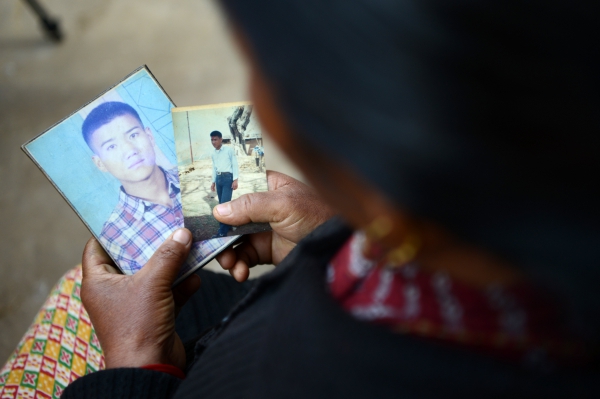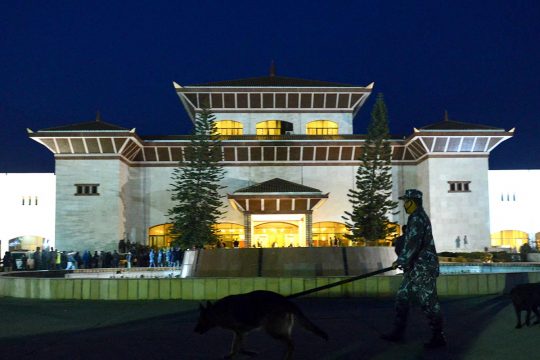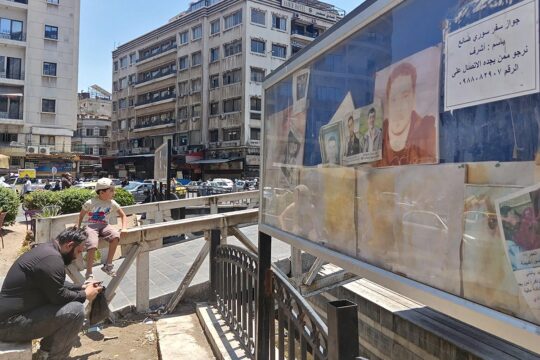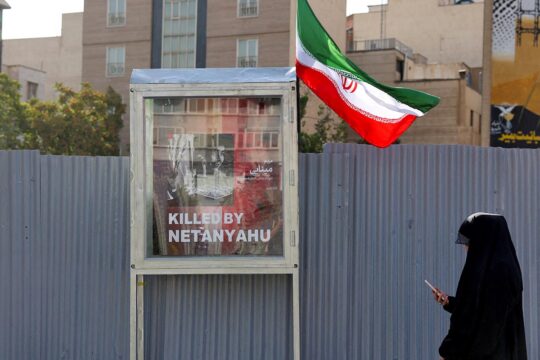The existing transitional justice (TJ) system in Nepal fails to open avenues for social justice as it is envisioned and demanded at the local level. Rather, the current system promotes a gap between the mainstream (i.e. the State) and the margins (i.e. the victims). Such a gap has brought about a polarized line of thinking in which the voices of the margins have been further marginalized and hijacked by the powerful. The State’s mechanisms and the so-called civil society groups, backed by donors, cannot provide a satisfactory solution to the truth-seeking and justice debate or provide real empowerment to people on the margins. A true political commitment is required to move forward.
A faulty system has fueled anger and dissatisfaction among citizens, without any sign of logical closure to the process. Without a political commitment, there is little hope for truth and justice. Truth and justice are lost in the current TJ mechanisms, which have become a road to nowhere.
TJ mechanisms
The Truth and Reconciliation Commission (TRC) recently launched seven investigation teams in the provinces. It established a team (including a government attorney) based at the provincial high court, to be coordinated by a member of the commission. The Commission of Investigation on Enforced Disappeared Persons (CIEDP) also formed five investigation teams, headed by the commissioner along with government staff. Both commissions lack a clear investigation procedure, confidentiality, protection measures for victims and witnesses and evidence protection methods. They have no strategy to protect the whole process from potential intimidation and influence from perpetrators in powerful positions. At the same time, the government decided to close the local peace committees based in districts. Both the TRC and the CIEDP had collected complaints from conflict victims and survivors through district-based Local Peace Committees (LPCs), who have bridged the gap between the Katmandu-based commissions and local conflict survivors. The closure of the LPCs has already created a vacuum and a lack of a point of contact for the victim community. Samir, a family activist in Dang says: “the LPC was politically guided and was manipulating the victims’ agenda to serve the political interests. But even if it was a politically controlled institution, the LPC was the first point of contact for conflict victims, which may affect victims’ access to information in the future process.” CIEDP commissioner Bishnu Pathak says: “[The] government intentionally closed the local peace committees that were closely coordinating direct contact and communication with victims through the LPCs, and this will affect our work. [The] Government didn’t listen [to] the commission and our demands to cooperate [with] the investigation process. We feel threatened to move further on various issues such as lack of adequate resources, staff, technical assistance and security threats which are big challenges the commission faces at this time of serious investigation.”
Lack of resources
Both commissions are still awaiting a proposed legislative amendment to extend their legal mandate. In the meantime, the mechanisms lack resources, expertise and a realistic closure date by which they can complete their tasks. While their current mandate says they should finish by February 2018, the commissions have limited authority to hire staff and experts or to expand their presence to the districts. Their work is impeded by political interference and non-cooperation by the security forces in terms of fair investigations. “The role of state and the alleged perpetrators remain a main obstacle,” says a member of the TRC who wished to remain anonymous. The security forces and political leadership in the government continue to oppose forced disappearance as a crime against humanity. Without a disappearance law in place, there is little hope for finding objective truths, and this remains a significant challenge for the disappeared commission to wrap up their tasks. This lack of legal protections “…has created a security threat to the family activists, and security forces seem to be active to destroy the potential gravesites and evidence of conflict-related disappearances,” said NEFAD lawyer Samrat (not his real name). Samrat emphasized the importance of protecting evidence and of sustaining grassroots activism as they pursue a family agenda for truth and justice.
Families and conflict survivors have been critically engaging the commission process by registering complaints, lobbying for a comprehensive reparations program, and establishing documentation that thousands of citizens suffered and lost their lives in the violent political conflict. However, the existing mechanisms seem at a loss as to how to create an environment that can produce a quality report ensuring conflict survivors’ rights and addressing key demands for truth and dignity. For the State to advance, a reconciliation process without duplication or further revenge-seeking is needed. It must resist the ongoing injustice pattern of the State. No policy has yet been discussed for victim-centered reparations or restorative justice. To the government, compensation equals the monetary reparation that has been distributed to families of the disappeared, killed and displaced, paid as “blood money” without truth and recognition (the government distributed half million Nepali rupees – 5,000 USD -- for the disappeared, killed and displaced in July of 2017). The TRC rule that considers “reparation” as “concession, facility and services” to victims totally ignores “reparation as the rights of the victims.” The attitude of the State and major political parties in the government and opposition has not transformed, and must be changed through a humanitarian approach that respects human dignity.
Challenges
One of the biggest challenges facing TJ mechanisms in Nepal is the limited legal mandate. This will obstruct the ongoing investigation process from implementing further recommendations such as naming the perpetrators and pursuing potential prosecution. “Both the leadership of security forces (Nepal Army and Nepal Police) and major political parties – current government coalition (Nepali Congress and Communist Party of Nepal-Maoist Centre) wish to protect each other and may go against the fair investigation process,” says Nimesh, a NEFAD advocate who lost his father during the conflict (1996-2006). “They have already interfered in the whole process and threatened family activists.”
Both commissions lack a policy for archiving and handing over at the end of their mandate. The commissions have succeeded in recording the historic political violence but not in cataloguing evidence or victims’ statements. This oversight may prevent truth and justice for the conflict survivors. The whole process is becoming an empty ritual that has not delivered answers or provided justice for all.
Ram Kumar Bhandari has led the struggle to secure justice for victims of Nepal’s conflict for over a decade. His involvement with the victims’ movement began when his own father was disappeared in 2001. He has helped to launch the National network of families of the disappeared (NEFAD), the Committee for Social Justice, the National Victims Alliance, and more recently the Conflict Victims Common Platform and the Hateymalo widows’ groups.






